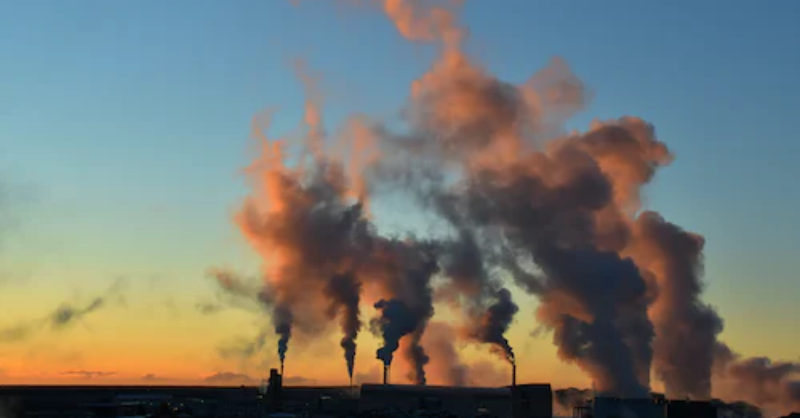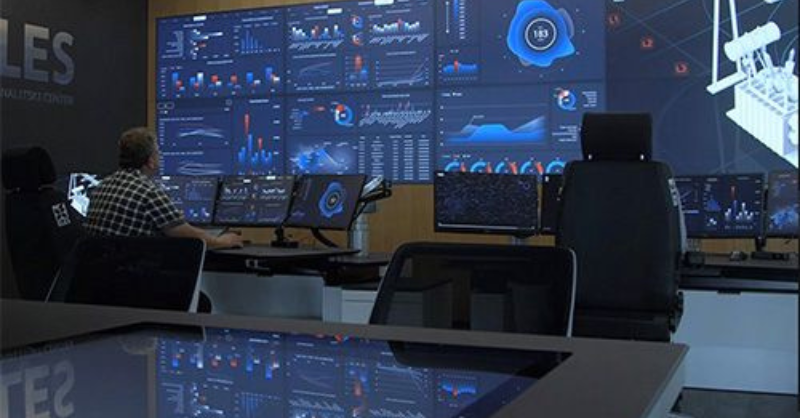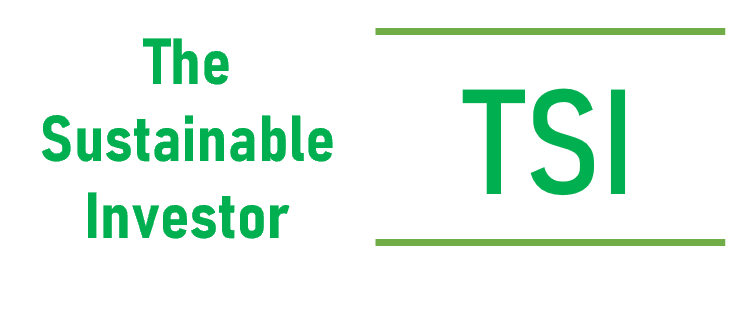
What caught our eye this week
Here are three stories that we found particularly interesting this week and why:
- Geothermal in Singapore.
- €4.25 billion for congestion management on the German grid.
- Configuring collaborative shareholder engagements on climate change.
Not a subscriber yet? Click here
Geothermal in Singapore
'Geothermal' conjures up images of geysers in places like Iceland, Yellowstone, and countries on the Pacific Ring of Fire. Boiling ‘water’ soaring into the sky. Outside of a few countries, that is rare and so it’s probably not the scalable future of geothermal energy!
What is instead? Closed loop systems. These pump a fluid down into hot rocks, which comes back up at anywhere between 60oC and 200oC. This can be made to work in many more locations than traditional geothermal, and it can be ‘turned up and down on demand’. This means it can be used to balance out wind and solar electricity generation.
The latest country to report positive progress is Singapore. They found temperatures of between 60oC and 90oC, 1.1 km down into the granite rock at a site near the Sembawang hot spring. It’s a lot hotter as you get further down (up to 200oC). However deeper boreholes cost more.
How much more? A 2018 study in Turkey suggests a 4.5 km bore costs close to twice that of a shallower 2 km one. So, shallow is best for cost reasons.
Beyond this, other new technologies are emerging that take advantage of fracking solutions, to enable geothermal to work in more locations. Research is also underway to investigate the re-use of abandoned oil and gas wells, which could reduce the upfront capital cost. Plus, outside of electricity generation, we are seeing an increase in demand for geothermal as a source for district heating and for agriculture.
This is a topic we have written about previously.
Link to blog 👇🏾

(Greener Energy Applications, Premium and Professional)
€4.25 billion for congestion management on the German grid.
We tend to see the ‘answer’ to decarbonising our electricity grid as being to build more renewables. The 'financials' seem to support this - for many countries new wind and solar is the cheapest form of electricity (as per BNEF, Lazard etc). This is only part of the picture.
It’s being increasingly recognised that having more variable generation, which is what wind and solar are, imposes extra costs on the grid operator. These are not good reasons for not building more renewables, but we need to be honest about the full cost of this transition.
How big are these costs? Well, actually pretty big. Highlighted in a LinkedIn post by Lars Stephan, according to the German electricity regulator, the system spent €4.25 billion in 2022 on what is called congestion management. Yes, some of the extra was from the impacts of the war in Ukraine, but even taking this out, the numbers are material.
What do we need to do? Invest more in our grids. It’s that simple.
As the percentage of renewable electricity generation on the grid increases, the way we store and use electricity will need to change and change dramatically. This will be a massive disruption to the existing system. It will require both hardware and software investment.
Links to blogs 👇🏾


(Greener Energy Applications, Professional)

Configuring collaborative shareholder engagements on climate change.
Engagement with companies has always been an important contributor to advancing sustainability and driving change. More recently, collaborative engagement, often through organisations such as Climate 100+ or the PRI, has become more common.
But what makes an effective collaboration? This is a topic that an international team from the US, UK and the Netherlands have dug into.
And it turns out that ‘it depends’. Or putting it another way, we need to tailor our engagement to the target. Which makes sense.
You might think that putting together as large a coalition as possible (measured by shareholding or AUM) is the best approach. But, in many cases that is not the optimal answer - a large share ownership is not enough.
What do you need? One success factor is having expertise within your team, people who know the industry well. From the perspective of the target company, they can see that you are asking intelligent questions, rather than box ticking. Another is local knowledge and access. That seems to build trust as well. Reading between the lines, you need financial commitment as well, successful engagement is not cheap.
While individual investors can still make a difference, there is going to be a lot more working in teams.
One important area of engagement is with the oil and gas industry. Here is something we wrote on that.
Link to blog 👇🏾

(Transitions / Human Rights, Free to read!)
Become a subscriber
Click here to joinPremium subscribers get to read in full...
- 'Quick Insights'
Designed to be short, easily digestible summaries to educate and stimulate thought and further exploration. 3-5 minute reads.
Professional subscribers get to read in full everything that Premium subscribers get plus...
- 'Perspectives'
Our unique perspective, based on our decades of financial and sustainability experience, on a key news story, development or report that is impacting sustainability investing, decision-making and transitions. We encourage you to think laterally. 5-6 minute reads.
- 'Deep Dives'
Setting the scene in more detail to aid understanding of how the transitions will develop and thinking laterally. 10-12 minute reads.

Please forward
to a friend, colleague or client
If this was forwarded to you, click the button below and sign up for free to get this email, 'Bridging the gap' and the 'Sunday Brunch' in your inbox every week.
Please read: important legal stuff.
